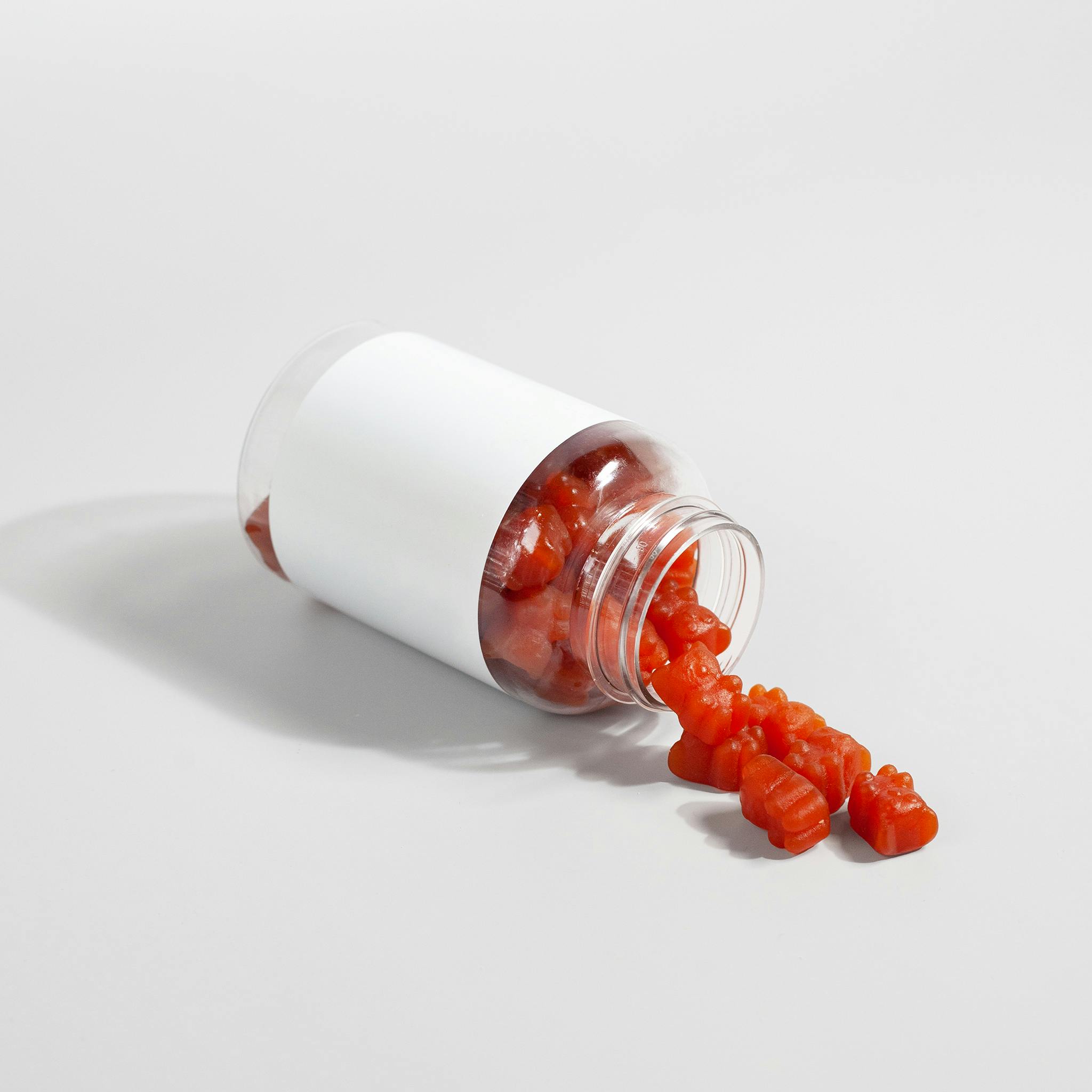Are the complications after laparo-assisted endo-rectal pull-through for Hirschsprung disease related to the change of the anal tone?

All claims expressed in this article are solely those of the authors and do not necessarily represent those of their affiliated organizations, or those of the publisher, the editors and the reviewers. Any product that may be evaluated in this article or claim that may be made by its manufacturer is not guaranteed or endorsed by the publisher.
Authors
The main advantage of the laparo-assisted transanal endorectal pull-through technique (LA - TERPT) for Hirschsprung Disease (HD) is the respect to the rectal-anal anatomy. Postoperative complications have been observed recently. The present study aims to determine how often these postoperative complications occur in these patients. From January 2009 to December 2018, a retrospective analysis was conducted on 36 children (25 males) with HD who underwent LA-TERPT. Data were collected on the age of diagnosis and surgery, sex, the presence of other pathologies, and cases of enterocolitis. In all cases, anorectal manometry (ARM) was performed to evaluate the anal tone. The median age at diagnosis was 2 months and the mean age at surgery was 5 months. Nine related pathologies were identified: five cases of Down syndrome, one case of hypertrophic stenosis of the pylorus, atresia of the esophagus, polydactyly, and anorectal malformation. A patient with total colonic aganglionosis was identified through laparoscopic serummuscular biopsies. Enterocolitis was diagnosed in 7 cases before and 6 after surgery. At follow-up, the complications recorded were: 5 cases of constipation (treated with fecal softeners), one case of anal stenosis (patient with anorectal malformation), 16 cases of soiling (treated with enemas) and 1 child with fecal incontinence (treated with a transanal irrigation system). The ARM was performed in all 36 cases and showed normal anal tone, except for one case with anal hypotonia. LA-TERPT is an important surgical technique for HD. According to the literature, soiling is the most main complication after HD surgery, probably due to “pseudo-incontinence” with normal anal sphincter tone.
How to Cite

This work is licensed under a Creative Commons Attribution-NonCommercial 4.0 International License.
PAGEPress has chosen to apply the Creative Commons Attribution NonCommercial 4.0 International License (CC BY-NC 4.0) to all manuscripts to be published.









